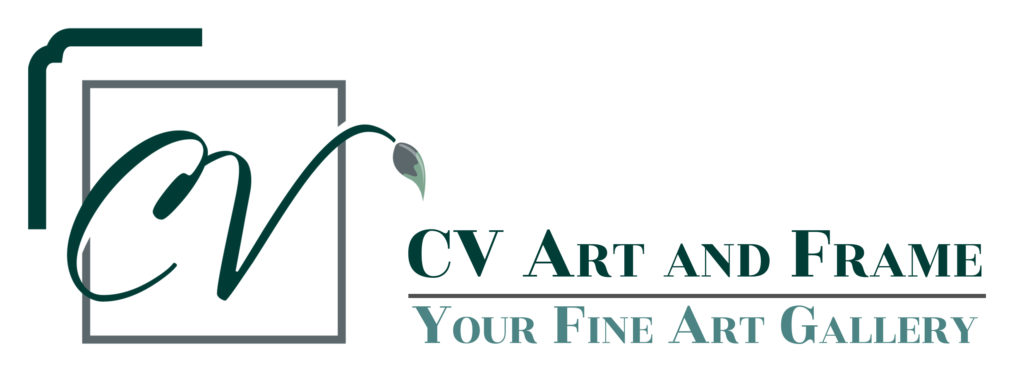If you have a steady hand, can calculate measurements and have a good eye, you may not need our installation services.
When choosing your hanging location, consider the space with regard to size and proportion. Hang frames in reasonably close proximity to the furniture below to create unison. Hang frames at eye level for maximum viewing pleasure, keeping in mind people stand in foyers and halls and sit in many other spaces so that height can vary.
Typically the frame should not be longer than the furniture piece below it, although this is not a firm rule. Avoid heavy frames over dainty furniture or petite framing over massive furniture to create balance. In small spaces avoid overly dramatic art that is best viewed from a distance and in a large space choose a piece that can be seen and enjoyed from across the room.
It has become highly fashionable to lean framed art. This can be done for functional or purely aesthetic reasons. If you are downsizing and have more framed art than wall space, you can lean one piece in front of another to consolidate your collection. Overlapping framed art adds dimension and interest, as well as bringing a new look to the art itself.
When hanging art you can get a good idea of how the size will look by cutting out a piece of paper the same size as the outer edge of the frame and taping it to the wall. It is much easier to move the paper around than to change the positioning of the actual frame. On that same paper, you can make marks where you want to place your wall hooks. Then install the hooks over the paper and then tear the paper away.
It is important to hang frames securely, using appropriate supplies and techniques. There are different methods you can use depending on the application.
To Hold Heavy Mirrors
Avoid the use of picture wire. Hang directly from strap hangers (a loop over a flat plate that screws into the frame). Rather than traditional wall hooks, use wall anchors such as Molly Bolts, that go through the sheet rock and lock into it unless you are screwing into a stud. Another secure method is using a Z bar system that allows you to put several screws into studs.
To Prevent Theft
Security Hangers are available that firmly hold all sides of the frame in place on the wall. A special key tool is needed to lock it and again to unlock it. These are generally used in public places but are also good where the frame may easily be bumped.
To Protect Kids
In a kid’s room where things are thrown around, use Security Hangers or Cleats. Do not rely on just nails in the wall as they can fall out of the wall or the frame can jump off the nail if something is thrown at it. Consider acrylic instead of glass for the glazing if children are particularly rambunctious.
To Avoid Crooked Frames on the Wall
When frames are hung from a single point, they usually shift on the wall over time. Both for safety and also to keep frames straight, always hang everything from two points. On heavier pieces this also helps distribute the weight, try to put at least one of the points into a stud. Cleats are most effective in keeping artwork level.
To Keep Frames Flush to the Wall
Screw eyes that are often used to attach wire to the frame tend to make the frames lean out from the wall more than they need to. Also, excess slack in the wire can cause the top to lean out. By switching to strap hangers, you can overcome both problems. These hangers are flatter and give you the option of hanging directly from the hanger versus using wire.
You may also opt for Cleats, which are great for holding heavy pieces and keeping your artwork level. Sawtooth hangers for small pieces are effective, but can be difficult to keep level. Using two hangers in the wall, spread apart can also help to take up the slack in the wire, both keeping the artwork more level and closer to the wall.
